Affiliate disclosure: This post may contain affiliate links. Please see our Privacy Policy.
Nasturtiums are a herbaceous annual flowering plant best known for their peppery taste, stronger than watercress, and perfect for salads, but most have no idea about nasturtium medicinal uses.
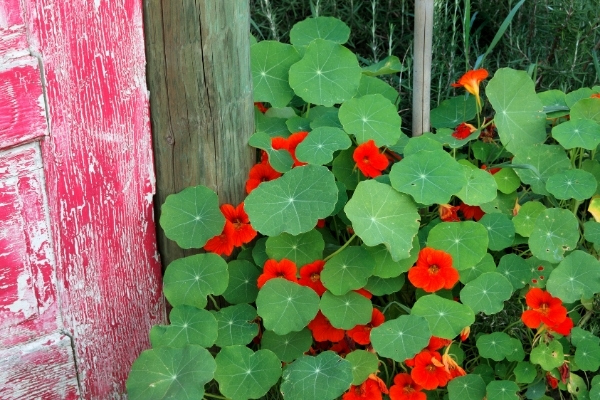
Nasturtiums are annual flowers grown both for their beauty, as well as their edible flowers and leaves. We grow nasturtiums and incorporate them into all manner of nasturtium recipes, from salads to pesto, cookies, and cordial. Their peppery flowers have incredible flavor, and their leaves make wonderful greens right from the garden.
They’re truly beautiful, easy to grow annuals. Nasturtiums have long, trailing stems with large, circular leaves and flowers with five petals. The flowers vary in color from yellow to red, but some cultivars are striped or multicolored.
Many vegetable gardeners also grow these flowers alongside their veggies as companion plants to ward off pests.
What you may not know is that they’re not just edible, nasturtiums medicinal too!
These flowers have a long history as medicinal plants, and since they’re so easy to grow, it’s the perfect medicinal flower for new gardeners. Nasturtiums grow in poor, dry soils in both the sun and semi-shade. They grow vertically, trail down containers, or spread across your garden beds.
If you want to add nasturtiums to your medicine cabinet, you’ll be pleased to know it offers many properties to help treat various ailments.
(Be aware, I’m not a doctor, and I don’t claim to have any certifications that would qualify me to advise you on your health. Always check with a doctor before trying any new remedy, herbal or otherwise.)
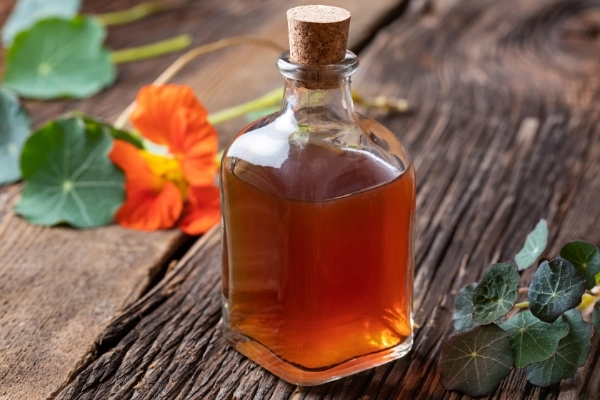
Nasturtium Medicinal Uses
All parts of the nasturtium plants are edible, and they’re an excellent source of vitamin C to add to your diet. Vitamin C is an essential part of preventing colds and the flu, while helping your immune system overcome these illnesses. Try adding fresh nasturtiums to your diet more often for a much-needed natural boost of vitamin C.
That’s not the only medicinal property of nasturtium. This plant is known to be:
- Antibacterial
- Antifungal
- Antiseptic
- Disinfectant
- Expectorant
- Wound Healer
- Antimicrobial
- Natural Antibiotic
That’s a long list of properties for this edible flower, and the ways you can use nasturtiums are even longer. It’s such a versatile medicinal flower.
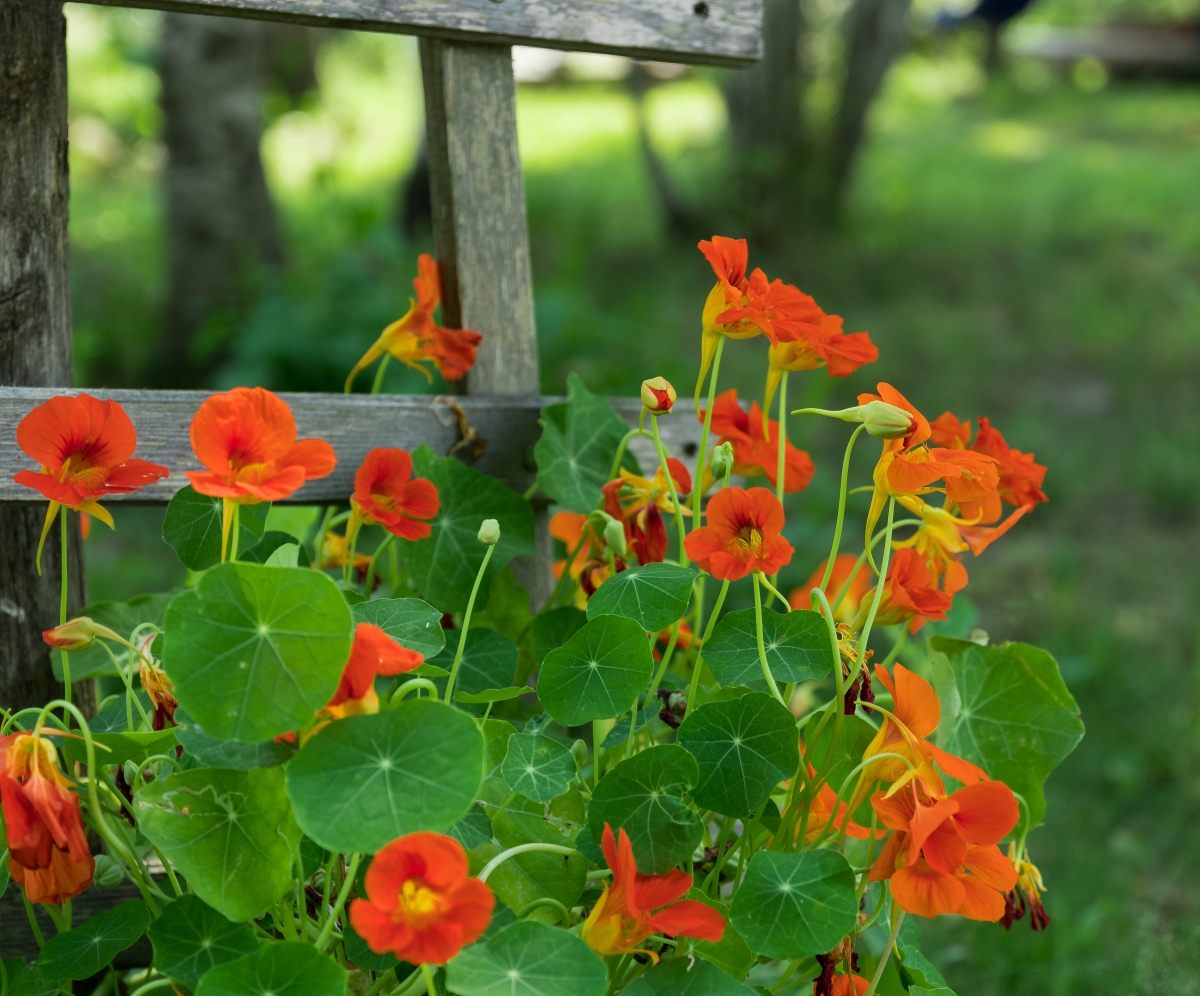
Fights Off Colds
We know that nasturtiums contain high vitamin C levels, so they might be used as a natural way to fight off colds by boosting your immune system. Since this flower has antibacterial, antifungal, and anti-viral components, you can use it to fight off illnesses.
Treat Urinary Tract Infections
A study that used a medicinal product that contains nasturtium and horseradish to treat recurrent UTIs indicated that it’s an effective and safe way to treat chronic urinary tract infections. (Source)
Nasturtium has a natural antibiotic activity that helps treat UTIs. The best way to use nasturtium to treat urinary tract infections is to make a tincture. Take a look at how to make a nasturtium tincture to treat UTIs.
Reduce Coughs and Bronchitis
The intense flavor of nasturtiums releases vapors when eaten, and this helps to clear out your lungs. That’s why it’s an excellent expectorant. Also, since this herb has antibiotic properties, it’ll treat bronchitis and upper respiratory infections, two conditions that doctors often prescribe antibiotics to treat.
A study compared the treatment of acute sinusitis, bronchitis, and urinary tract infections with herbal remedies, including nasturtiums and standard antibiotics. The results show that the efficacy rate of the nasturtium herbal remedies is comparable to antibiotics. Using herbal remedies have fewer adverse side effects, making it a superior choice. (Source)
Treats Infections
Several studies indicate that the leaves have natural antibiotic properties. This helps treat infections like respiratory infections, congestion, bronchitis, kidney infections, and other acute infections. (Studies)
Part of the reason that nasturtiums have such strong antibacterial properties is due to the presence of volatile oils, like limonene, which is one of the main components in the stems, seeds, and leaves. This compound, along with several others, has anti-inflammatory, antibacterial, and antioxidant properties that help your body fight off infections. (Studies)
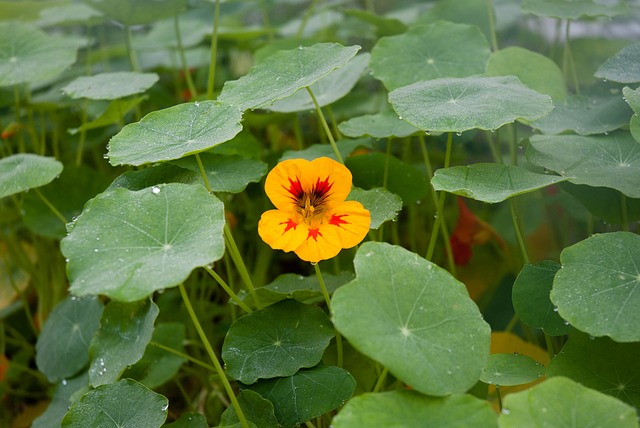
Natural Topical Antibiotic
Nasturtiums have natural antibiotic properties, so one way to use this medicinal flower is to crush up the leaves and flowers and apply it topically to cuts, scrapes, blisters, or wounds. Mix the crushed leaves and flowers with coconut or olive and wrap lightly with gauze to keep it in place.
Nasturtiums are particularly helpful as an antibiotic agent because they contain tromalyt, a natural antibiotic. It doesn’t interfere with intestinal flora, and it’s effective against microorganisms that have resistance to standard antibiotic drugs. (Source)
Reduces Swelling
Some studies show that nasturtiums block the lipopolysaccharide (LPS) induced inflammatory response in our immune system. This means that it helps to reduce inflammation and swelling throughout your body. (Source)
Treats Yeast Infections
Due to nasturtium’s spicy nature, using this flower for vaginal yeast infections isn’t a good idea. However, you can apply it topically in the form of a salve or crushed up leaves and flowers to skin yeast infections. This works because of its strong antifungal properties.
Heal Toe Fungus
Nasturtium leaves are perfect for healing wounds and fighting infections because of their antiseptic and antifungal properties. One way to use this medicinal flower is to grind the seeds into a paste and put this paste on fungal infections like on your toes or toenails.
Nasturtium Herbal Remedies to Try
If you want to try some nasturtium medicinal uses, here are a few great places to start.
- Nasturtium Tea – Goodness Is
- Nasturtium Tincture – Practical Self Reliance
- Nasturtium Syrup for Digestive Ailments – DIY Natural
Homegrown Herbalism
Looking for more resources for growing your own herbal remedies right in the garden?
- Black-Eyed Susan Medicinal Uses
- Dandelion Medicinal Uses
- 50+ Ways to Use Yarrow
- 100+ Medicinal Plants and Their Uses
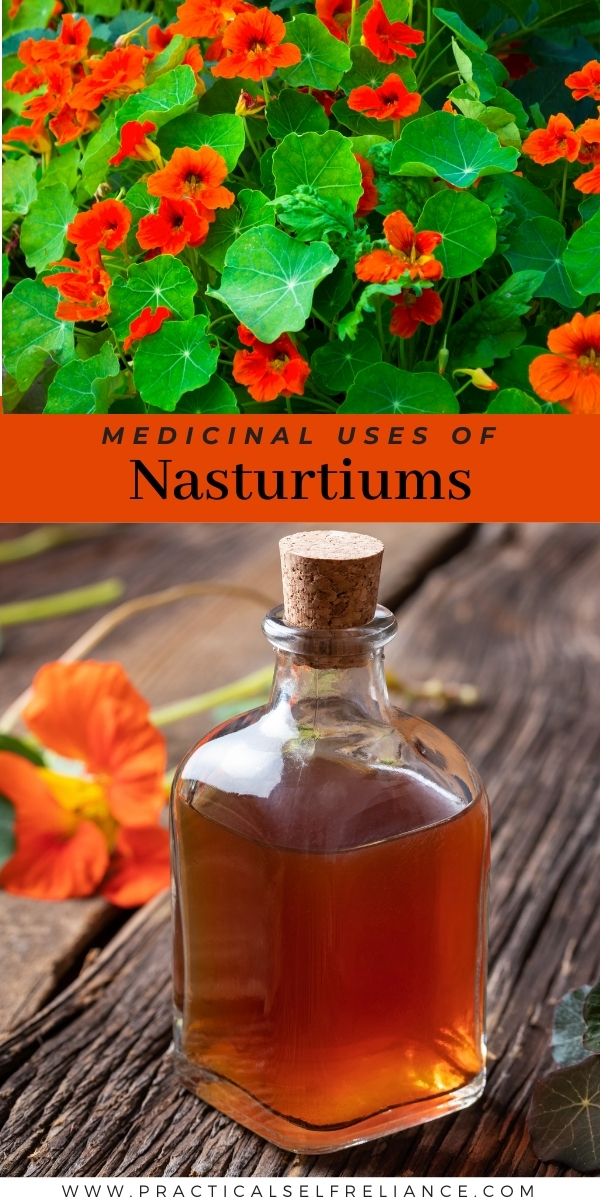
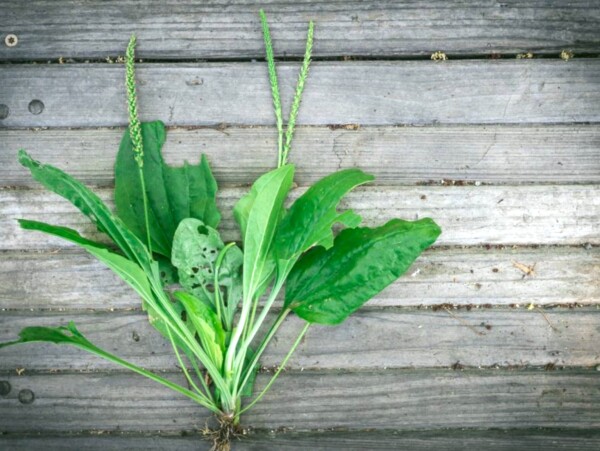

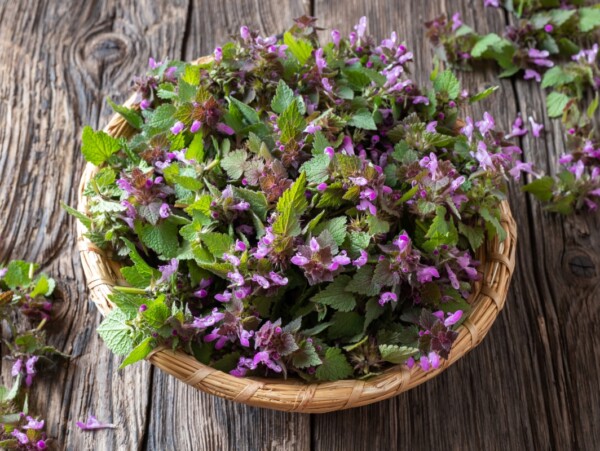
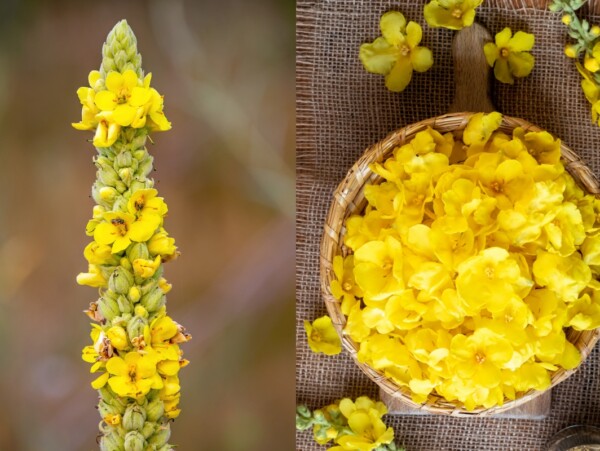
Great article. How do we find out dosage. Thank you!
You’ll have to talk to a qualified herbalist, as dosages depend on the person (age, size, condition, etc). That said, for most herbs and most people, tincture dosage are usually around 1-2 dropperfuls taken 2-3 times per day. Other than that, it’s often simply consumed as a food in salads for the benefits.
What’s the correct amounts of oil, soap and water for the pest spray?
Owh, that’s a good question. To be honest, I’m not sure, will have a look next time when I grow some more. Thanks.
Hello, I love to growth this pretty plant also, but I find it covered in very small black flies. Have used a spray of bubbly water (using washing up liquid), but they just return. Do you have any other ideas on how to get rid of the bugs naturally.
ps So pleased I found your website 🙂
Are the flies eating the plant?
A mix of neem oil, mrs. meyers dish soap, and water sprayed onto the plants will keep them pest free. Re-spray after every couple of weeks or heavy rains. Awesome and very healthy pest repellent. 😊
I really enjoy your site.
Thanks for all of your effort and information.
Best Wishes
sharon
You’re quite welcome!
I believe the digestive syrup referenced above is actually for watercress not nasturtiums.
It appears that according to the article with the recipe that the term nasturtium is often used for watercress also. There is Nasturtium (Tropaeolum majus) and Watercress (Nasturtium officinale). Very confusing indeed.
I love your content! I live in Vermont too and am making the most of our one acre.
Wonderful! So glad to have you along!